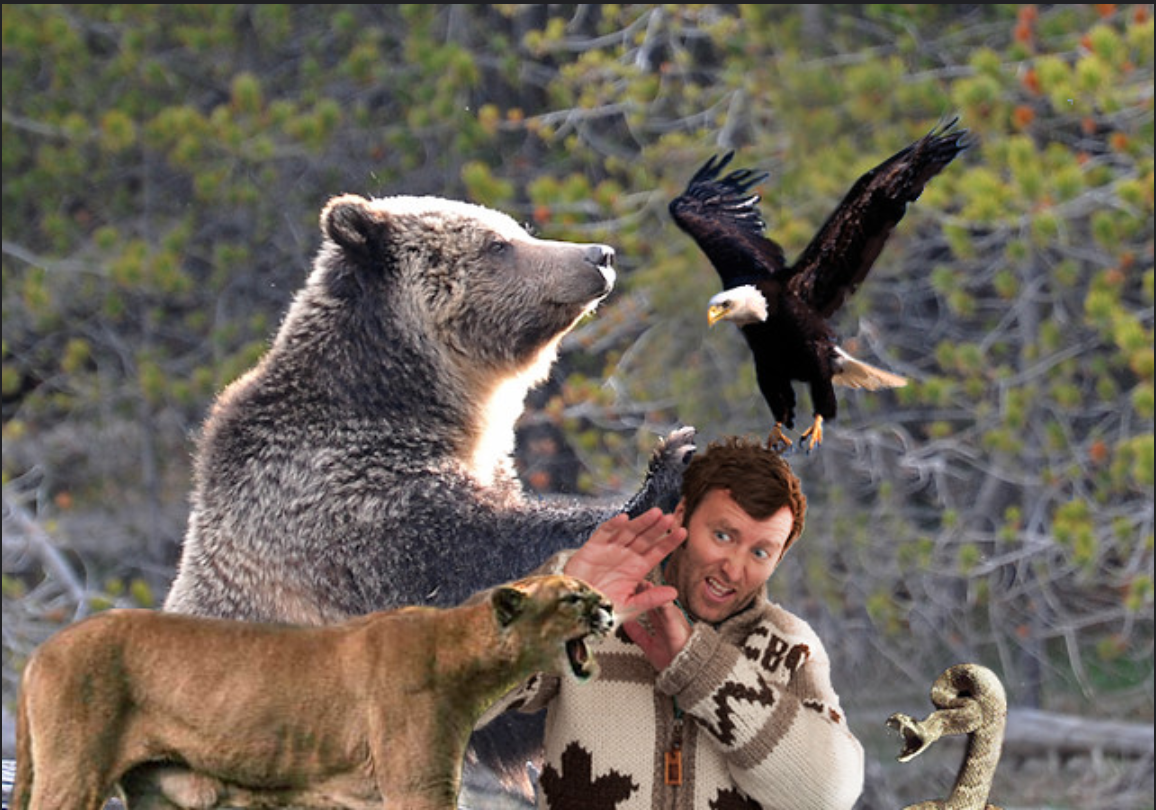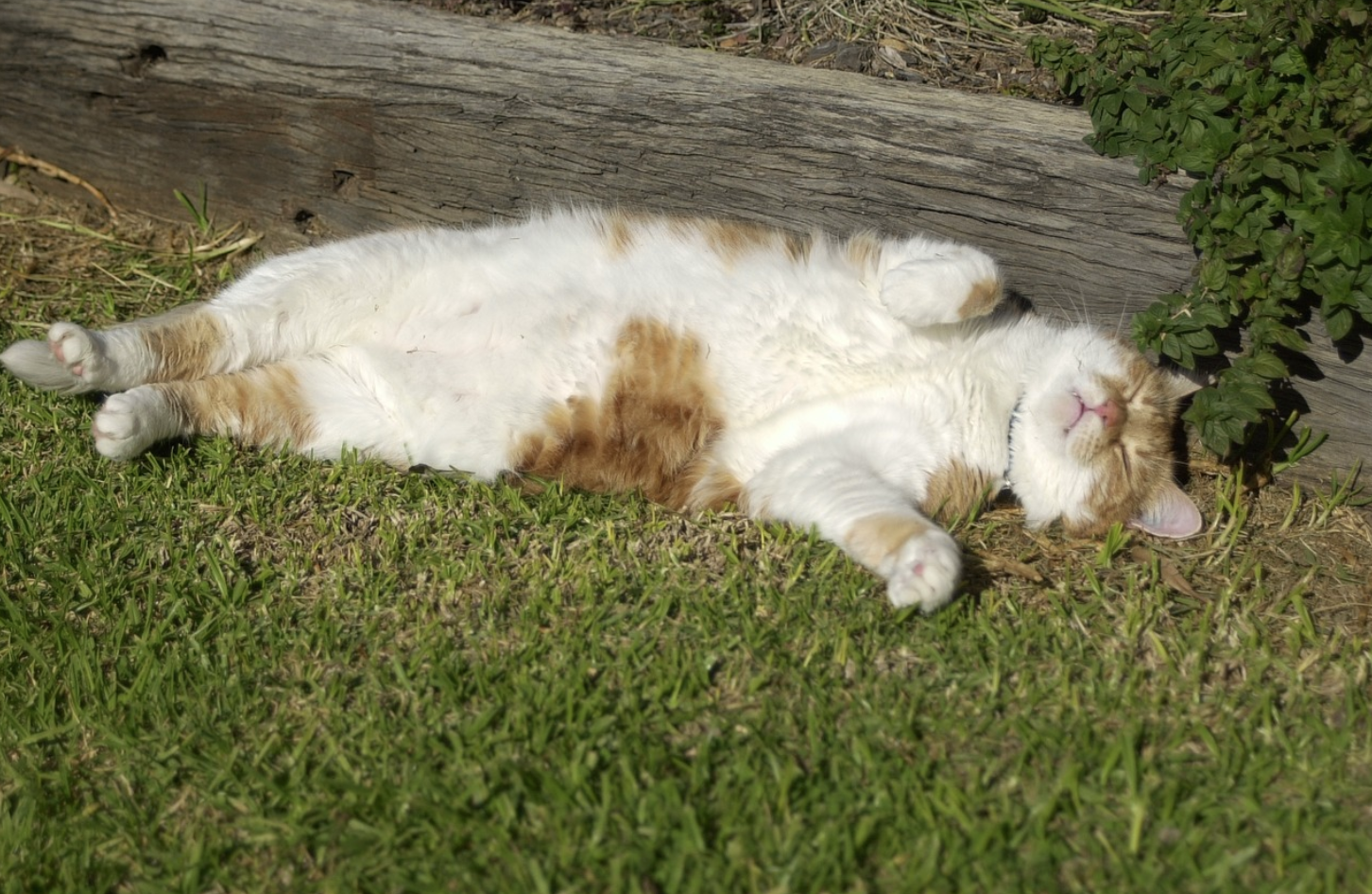The Soft Animal of Your Body: Experiencing Neuroception
One Mary Oliver’s most famous poems, Wild Geese, starts out with these lines:
You do not have to be good.
You do not have to walk on your knees
for a hundred miles through the desert, repenting.
You only have to let the soft animal of your body
love what it loves.
These lines can be considered a set of instructions left behind by someone who moved her way out of trauma and suffering. In this short blog post, we get the chance to consider a way of relating to “the soft animal of your body,” and how this might help you to better navigate your life and increase your sense of well-being. In this post, we’ll briefly and simply touch on the soft mammal of your nervous system, why this is pertinent in stressful times, and how this can help change your whole life for the better.
YOUR NERVOUS SYSTEM IS YOU
Let’s start by considering two terms that are technical, but are very useful to define and understand. The first is the autonomic nervous system (ANS). This is the term for the part of your nervous system that you largely do not have conscious control of. It’s responsible for things like heart rate, digestion, respiratory rate, and other functions of the organs. It is also responsible for the fight/flight, freeze, and safety responses of your nervous system. The second term is neuroception. This refers to the ANS’s ability to assess a situation and determine whether it is safe, dangerous, or life-threatening.
Here’s why this is important: the soft animal of your body pretty much relies on neuroception to know how to act. Underneath the complexity of our thoughts about ourselves, our reasoning, and our explanations of the world, there is a very alive and vibrant soft mammal that loves to feel safe. Just like any deer or squirrel you meet in the woods, your soft mammal wants to know that there isn’t a threat so it can rest, digest, play, and enjoy simple life pleasures. If there is a threat, it wants to be able to identify it and to respond in a way that empowers it to come back quickly to a sense of safety.
This 2 minute video does a fun, simple job of describing the 3 responses:
Human beings have a particular challenge. We are domesticated and we have a fabulously large and complicated neocortex. Our big and sleek brains create an amazing ability to compensate for a lack of safety and override our basic mammalian impulses. We can force ourselves to act polite when we actually want to smash something, smile when we are terrified, or speak up when our body wants to freeze. While there are so many reasons why this is important for functioning human society, it also presents a difficulty for the soft mammal underneath.
Inhibiting impulses of fight/flight or freeze takes up a lot of energy and it is exhausting over time. We need to get back to safety so our whole being, body and mind, can recuperate and recharge.
If an angry grizzly bear were to bust into your room at this very moment with hunting behavior, your neuroception would do exactly what it is designed to do to keep you safe. First it would rally you toward fight or flight. Your vision would be fixed on that bear and your muscles and organs would rally you to fight and win or run to safety. This is like the gas pedal your body. If the bear is just too big and overwhelming, the nervous system might try to save you with a radically different response. Play dead, don’t move, and shunt all the energy to the vital organs: freeze. This is like the emergency brake. In both of these threat scenarios, what shuts down is a lot of your higher cognitive functions and your positive social engagement systems. You don’t need them, and they are wasted energy in these situations. In fight or flight, your thinking is narrowly directed at ways to get rid of the threat or get yourself out of there. In freeze, it’s hard to think at all.
Photo credit: Paul Gorbould
Great for a grizzly fight. Not so good for social situations, test taking, creativity, building trust and intimacy, etc.
It is important to remember that the three responses of the ANS are not like a simple three-way switch. You can have varying degrees of fight/flight, freeze, or safety arousal. You can be positively socially engaged and relatively safe while you have fight/flight turned up, as in playing a game of tag. It’s also helpful to recognize that each of these responses can have associated thought patterns. You might notice that if your soft animal wants to run away from a situation, and the language you use and the thoughts that come up tend to be evasive or flight-oriented.
Over time, our ANS can get stuck on certain response patterns, and it can become very difficult to ever feel that sense of safety. Oftentimes, this is compounded by the fact that thinking about something can create the same response from the neuroception as it would if it were actually happening. You think about someone who really made you angry, and you feel your body go into fight response… even though the culprit isn’t physically there.
This is exhausting for mental and physical health over time. We develop a habit of orientation identifying threats. Living becomes a series of problems.
WHAT DOES THIS MEAN DURING STRESSFUL TIMES? (IT’S GOOD NEWS)
If, during this pandemic, you are finding yourself periodically enjoying parts of your life, you are doing what is perfectly natural. If you are experiencing silver linings of the global pandemic response, such as enjoying slowing down and simplifying, you are not disregarding the problems. You are allowing your being to be healthy and to promote higher thinking, connection, and resiliency.
If you, at times, find yourself compulsively checking the news or thinking about what you haven’t done or why you might be sick, this is a sign that your being is stuck in a fight/flight pattern. Your ANS is doing what it is designed to do to protect you— scanning the situation to identify and respond to the threat. These thoughts are not bad, but when they start to overrun you world, your being gets more taxed, you evacuate the actual safety of the immediate, present place that you are in, and your immune system gets compromised. Stuck in a freeze pattern might look like “checking out”, avoiding the issue, or depression.
If we train ourselves into allowing the safety state— which is appropriate and accurate— to come online, we become more resilient, more balanced, more creative, and more socially connected.
Safety does not mean that all potential threats in the world are eliminated. It does not mean that impending threats have all been identified and completely dealt with. Safety means that right here, right now, it’s safe enough to rest, eat, smile, and notice what’s working or at least okay in the moment. For the deer, there is always a cougar, always a disease, always the road, always the human hunter. This does not mean that the deer runs around panicked for her whole life. She responds to threat appropriately… when she can actually do something about it. And then she gets to a place where she can recharge.
The good news is that we are just like the deer. It is in our biology. We can actually develop our awareness of the ANS. We can teach ourselves ways to resolve impulses in a healthy manner so that we don’t have to keep spending energy managing them. We can train our neuroception to recognize safety. This is available because it is hardwired into us. It is our nature.
The posts on this blog site will detail some ways that you can help tone your nervous system and resolve some of your threat-based impulses. If you are counseling with me, we can work on finding the ways that work best for you. We can also work to disentangle some specific “stuck” patterns in the body and mind.
The soft animal of your body loves to let things go, be here now, and to feel safe. We just learn to skillfully let it.
Wild Geese by Mary Oliver
You do not have to be good.
You do not have to walk on your knees
for a hundred miles through the desert, repenting.
You only have to let the soft animal of your body
love what it loves.
Tell me about despair, yours, and I will tell you mine.
Meanwhile the world goes on.
Meanwhile the sun and the clear pebbles of the rain
are moving across the landscapes,
over the prairies and the deep trees,
the mountains and the rivers.
Meanwhile the wild geese, high in the clean blue air,
are heading home again.
Whoever you are, no matter how lonely,
the world offers itself to your imagination,
calls to you like the wild geese, harsh and exciting–
over and over announcing your place
in the family of things.
If you would like to sign up for email notifications of new blog posts, please click here.


